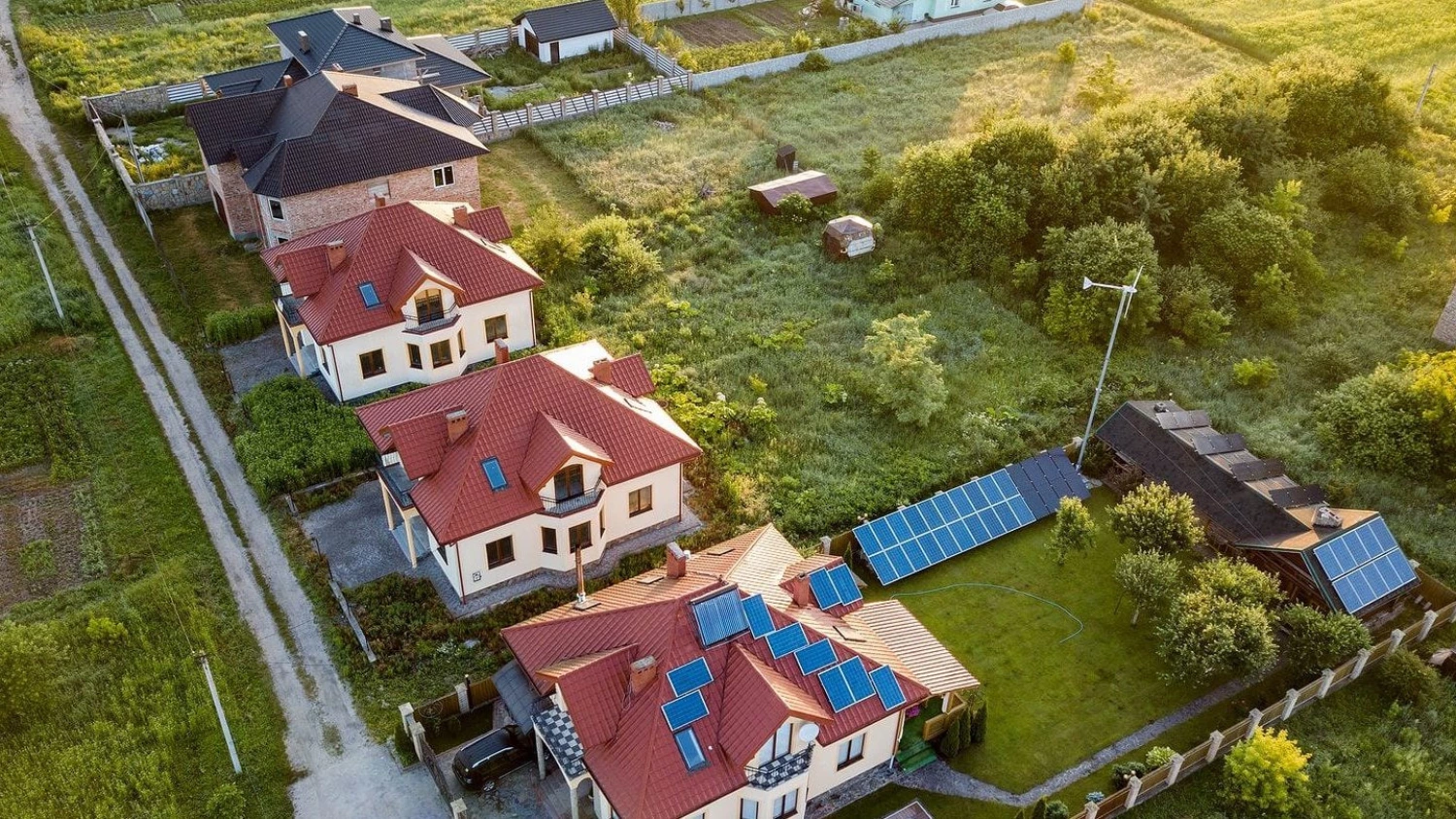
Working from anywhere and social distancing recommendations have led to a population migration trend towards quieter areas in the suburbs or in localities around big Romanian cities on the back of the ongoing health crisis, according to a report of real estate consultancy Colliers.
Romania’s rural population grew for the first time since 2007 by 28,000 inhabitant in 2020. In the same year, the urban population fell by 170,000.
For instance, in Bucharest, the resident population decreased by 9,800 inhabitants in 2020, based on the data from the National Institute of Statistics (INS) analyzed by Colliers Romania consultants. At the same time, the Capital's metropolitan area recorded an increase in the resident population of 10,800 inhabitants.
At the same time, in Cluj, the urban population decreased by 4,800 and the rural population increased by 5,600. Similar patterns were recorded in Timiș and Iași.
”The average area of a residential unit delivered in Ilfov last year was 102 sqm compared to 47 sqm in Bucharest, but this ratio is strongly influenced by the fact that Ilfov is seeing more housing developments. Otherwise, even if a larger suburban home can cost more than an apartment in the city, the price difference per square meter is significant - in Bucharest-Ilfov, for example, the price gap starts from 20% and goes even towards half price in some cases," says Gabriel Blăniță, Associate Director Valuation & Advisory Services at Colliers Romania.
Meanwhile, if 3 years ago, both in Bucharest and in the surrounding area, 5,600 - 5,700 residential units were delivered per year, the number of units delivered in 2020 was 13,800 in the Capital and 7,000 in the metropolitan area.



